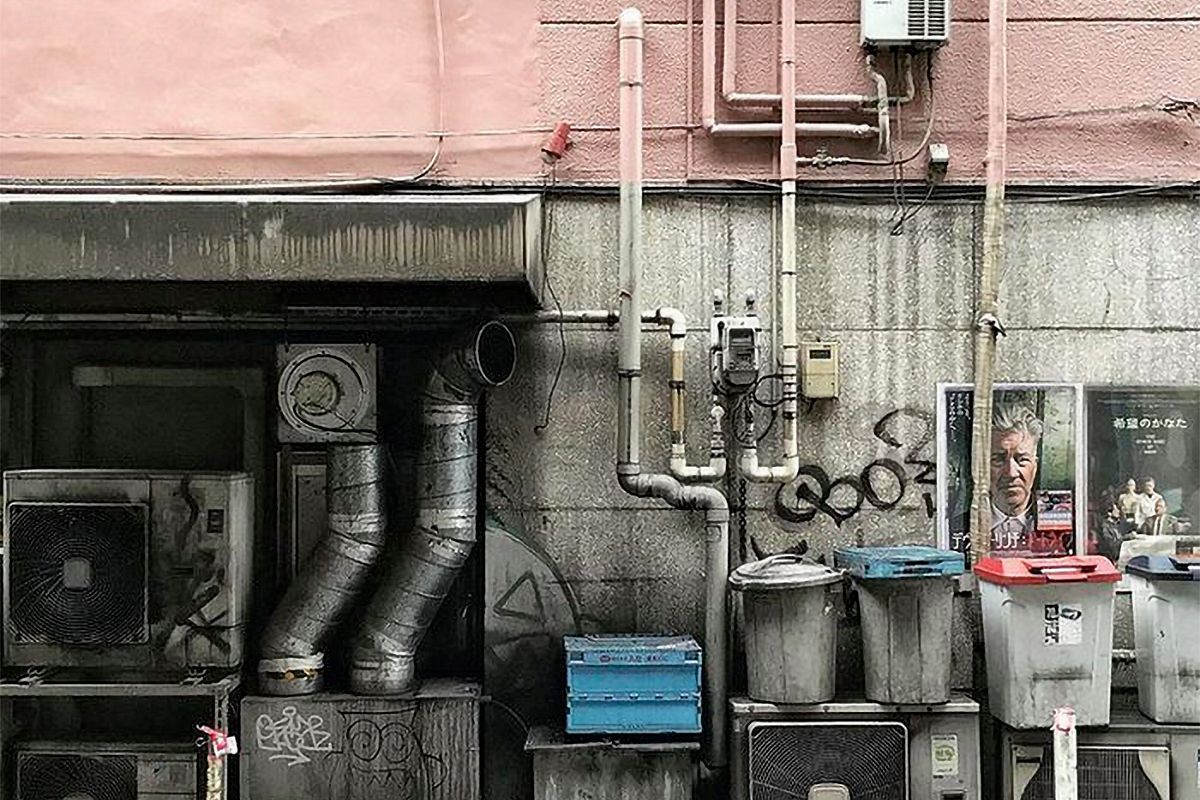As globalization transforms Vietnam’s cultural landscape, a group of young history aficionados have taken it upon themselves to keep old traditions alive.
In the same way that Facebook's group function has become an effective tool to promote consciousness about modernist architecture in Vietnam, members of the country’s young generations are now using the social network and technology to revive interest in the olden days of Vietnam.
Dai Viet Co Phong is one leading example. Formed in 2014, the group was essentially an online grassroots movement: a bunch of netizens of various backgrounds and occupations came together over a shared passion for history. Now, their Facebook group has become a cyber platform for its 20,000 members to share bits and pieces about Vietnamese culture and tradition, as well as artwork on Vietnam's history.

An imperial guard re-imagined. Artwork by Phan Thanh Nam.
“It’s a good sign that more and more young people are taking serious interest in their heritage,” Phan Thanh Nam, the group’s representative in Saigon, told Saigoneer in Vietnamese. “But we didn’t want to be all talk. We felt compelled to produce something concrete, something meaningful. Cultural preservation has to go hand in hand with restoration.”
That is by no means a simple task. Dai Viet Co Phong’s members first set about reviving ancient Vietnamese clothes, an endeavor that suffered more from a lack of materials than from a scarcity of information. According to Nam, most of the fabrics available on the market are either imported from China or Korea. Handmade fabrics, on the other hand, would be too costly, and many artisan villages in Vietnam have lost their traditional production techniques.
Because of this, a recent beautiful reconstruction of Vietnam's ancient costumes only achieved a relative degree of accuracy at best. At worst, we get to see Walt Disney’s Lion King for the attire in a television series depicting the Vietnamese imperial court.


Photos by Brandon Coleman.
Since it was impossible to pursue their interests in ancient costumes in a cost-effective way, Dai Viet Co Phong launched another ambitious project to digitize ancient patterns of Vietnam in January 2016. As a non-profit crowd-funding initiative, Hoa Van Dai Viet managed to raise about VND140 million in a span of three months, VND40 million more than its initial target.
For the project, Dai Viet Co Phong’s members had to travel across the country to document the patterns, cross-reference them with archival sources and consult veteran researchers. “We underestimated how time-consuming it would be. Many patterns needed to be reproduced on paper before they could be turned into vector files," Nam recalled.
The result of a laborious year-long process was a set of vector files for 250 of the most common patterns from Vietnam’s various imperial eras. The files have been made available online for free for graphic artists or fashion designers. Those who backed the project also received a coloring book and a guidebook, which explains the source of the patterns.
According to the handbook, some Vietnamese patterns had clear Chinese roots, while others took inspiration from Khmer or Hindu cultures. “Throughout its history, Vietnam didn’t always close itself off from external influences. That there are similarities with other cultures in our patterns is only natural,” Nam said. “The patterns of ‘longevity’, for instance, existed in China, Korea and Vietnam; there are small differences between all of them. This is because when a cultural product is imported into another country, local artists tend to adapt and improve on it according to their interpretation.”


Photos courtesy of Hoa Van Dai Viet.
However, Nam also noted that the same process could result in the extinction of certain customs or beliefs, simply because they are no longer compatible with the contemporary socio-economic context and aesthetic standards. Thus, at a time when Starbucks and McDonald's are mushrooming all over Vietnam’s metropolitan areas, historical landmarks are being bulldozed by the dozens to pave way for skyscrapers, and foreign cultures are sweeping the country’s millenials off their feet, concerns over cultural erosion are not unfounded.
So when Vietnam seems to be lacking a clear direction for the future development of its culture, grassroots ventures like Hoa Van Dai Viet are of paramount importance. Although it is too early to assess the practical impacts of the project—it was only completed in January this year - the intention by itself is a promising signal.














